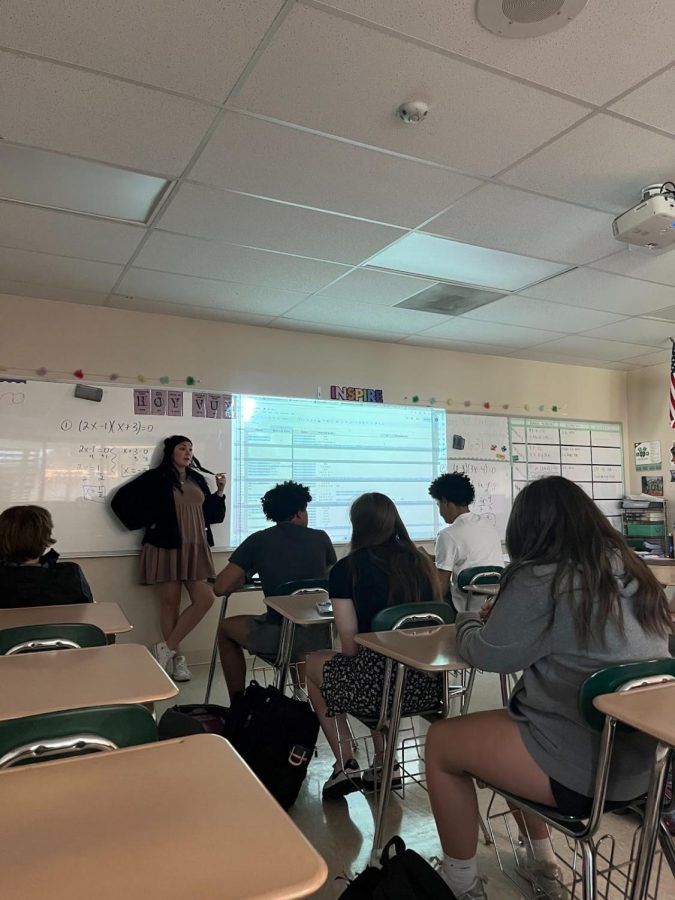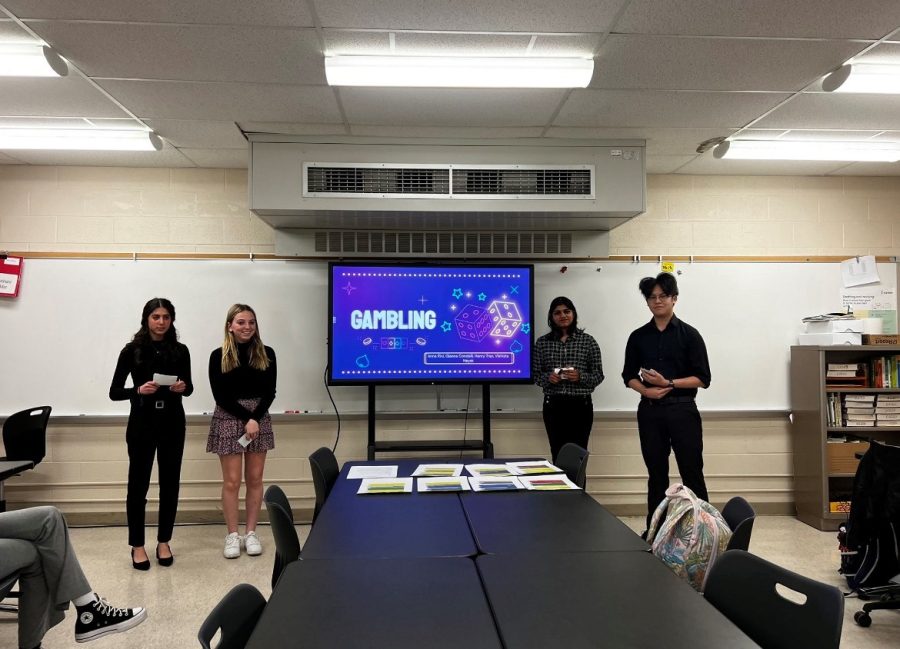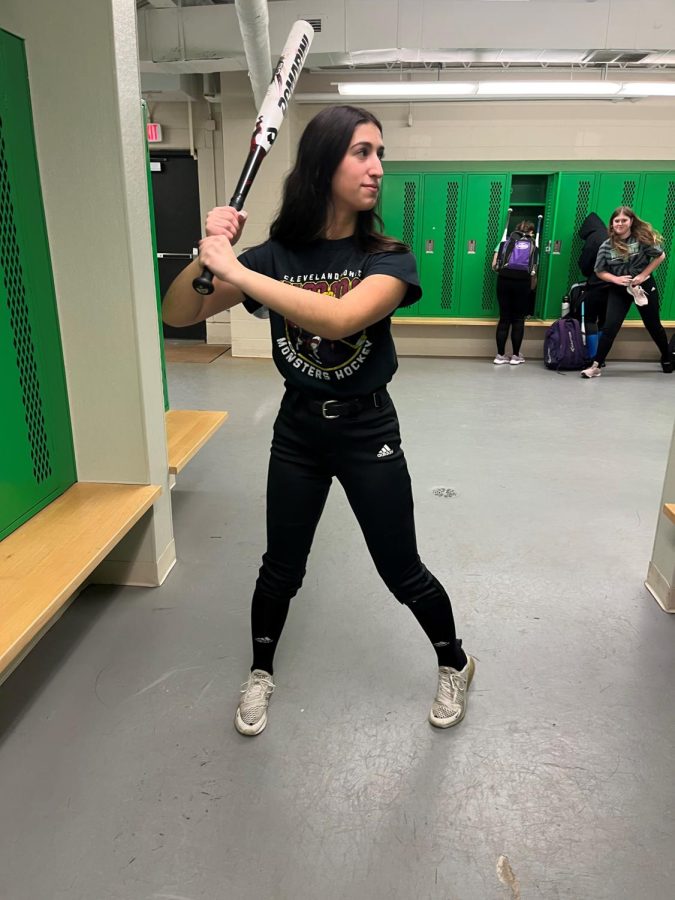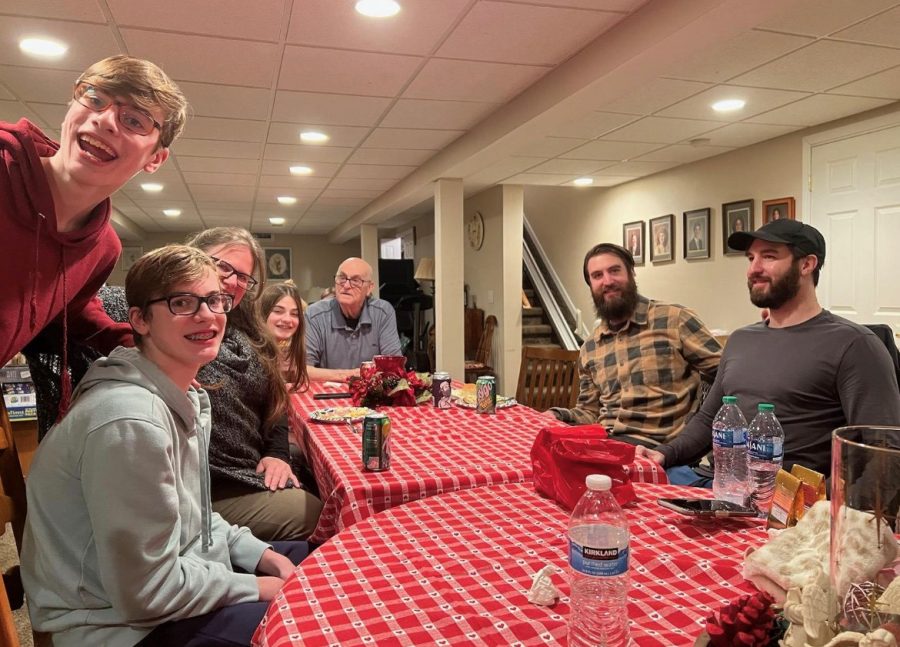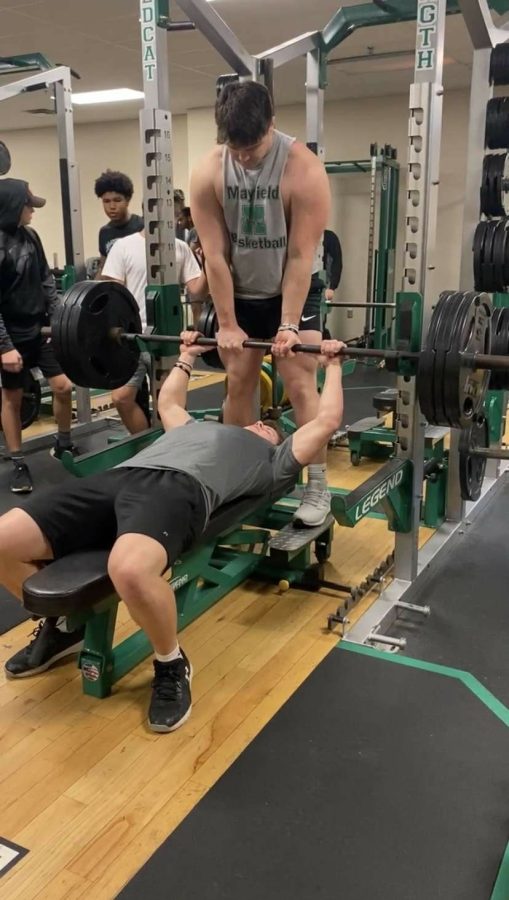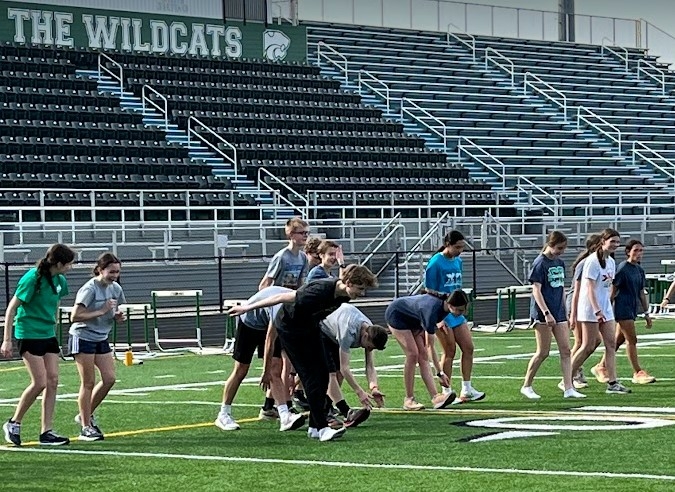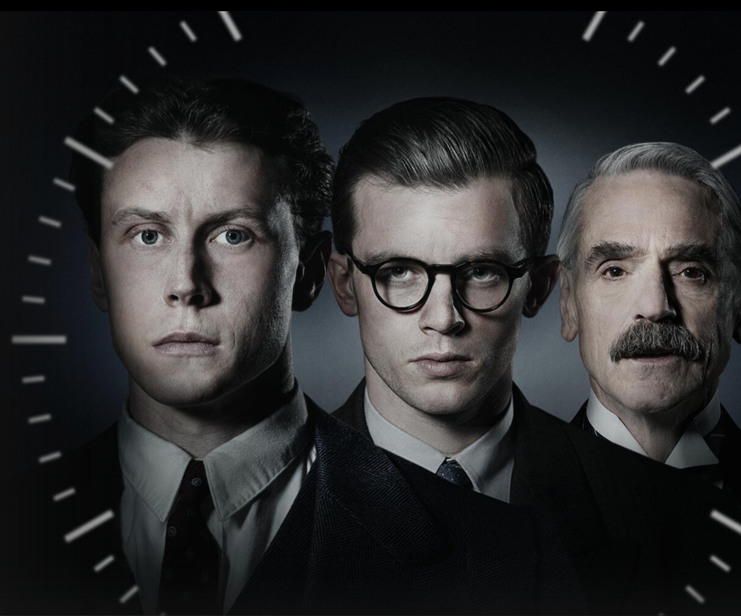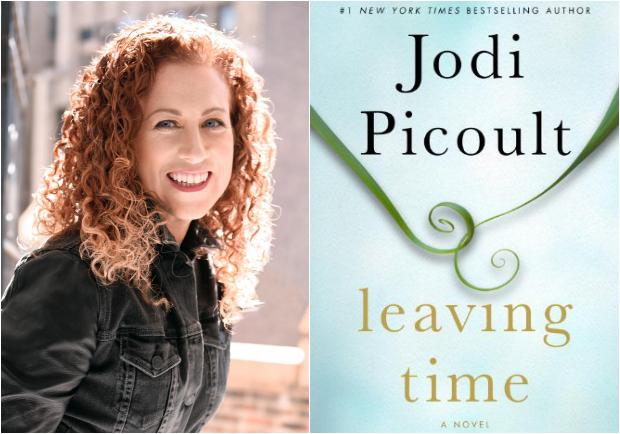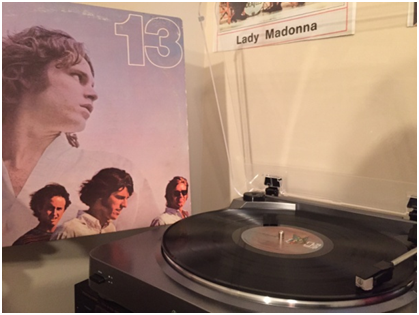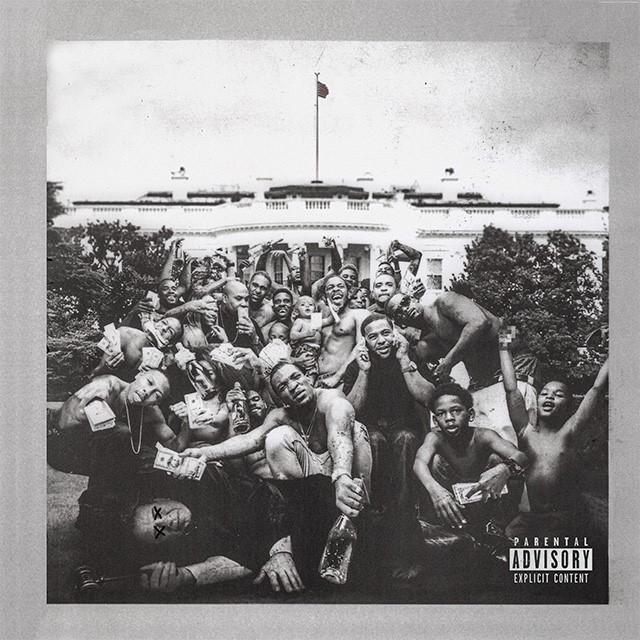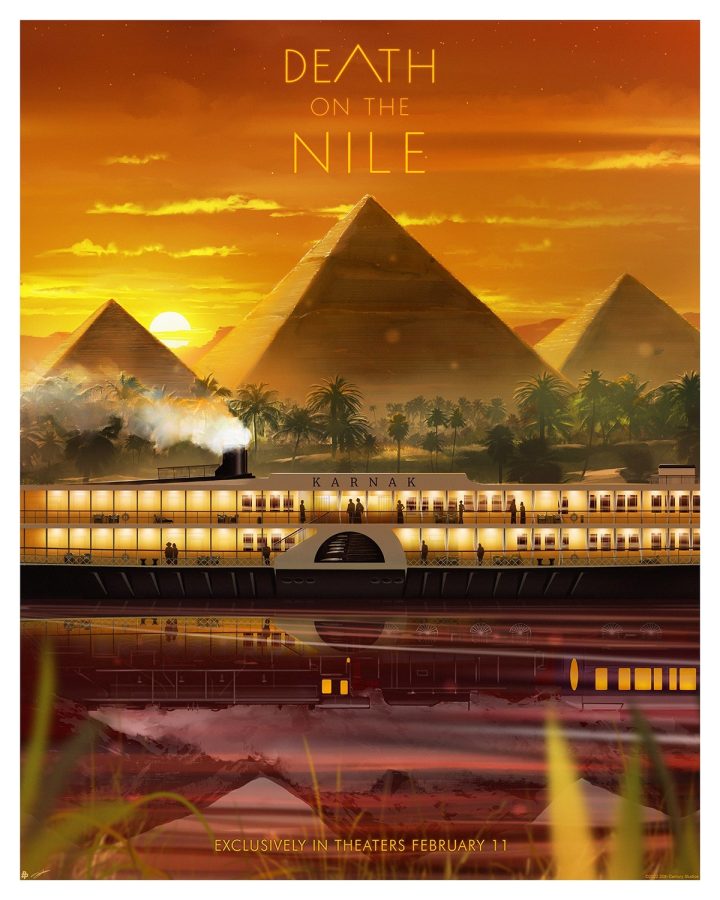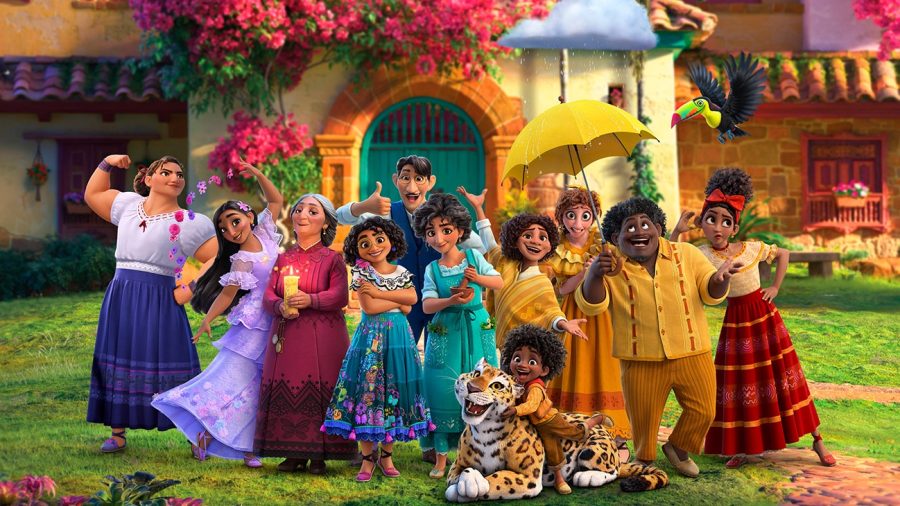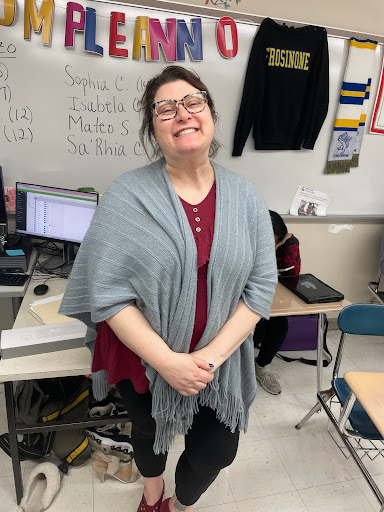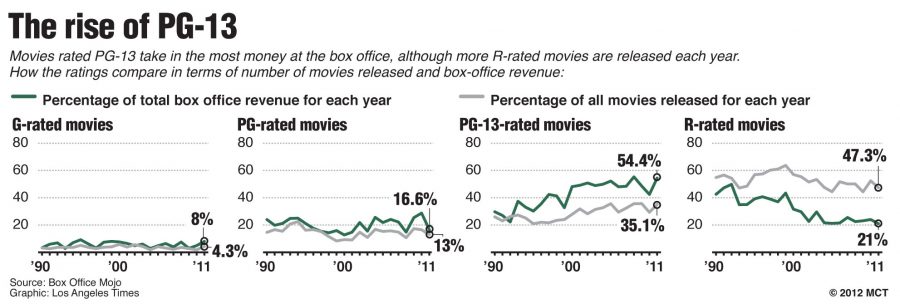MPAA ratings must go
Series of charts showing percent of total box office and percent of all movies released, by rating, 1990-2011; movies rated PG-13 take in the most money at the box office even though more R-rated movies are released.
October 18, 2016
According to the entertainment news site Deadline.com, the Motion Pictures Association of America generated $121 billion in wages. This makes the MPAA America’s most profitable censorship organization, and it’s about time that’s changed.
Censorship has, for a long time, been a large but mostly overlooked problem. Censorship is everywhere, and most people just brush it off assuming it’s all for the greater good. And It’s not just a domestic problem, either.
In fact, the United States is one of the most lenient countries in the world on film content. Films like “A Clockwork Orange” (1971) and “Peeping Tom” (1960) were outright banned in places like Australia and England, but saw a limited release in the States. Even today, countries like China and Saudi Arabia censor their media as they see fit.
The rating of motion pictures dates back to 1968, when MPAA president Jack Valenti replaced the ‘Hays Code’ with a more modernized, 4 tier system, which was then replaced in 1970 by the more age specific modern rating system, minus the PG-13 tier (added in 1984). Today’s system wasn’t established until 1990, when the X rating was replaced with NC-17.
Modern day films are made with profit in mind, so if a movie won’t sell, it won’t be distributed. According to Adage.com’s Chris Thilk, NC-17 and R ratings scare away distributors and advertisers who would rather push PG and PG-13 films, as they have larger audiences. Most theatres flat out refuse to screen NC-17 movies.
The market for PG-13 movies has been on the rise in the last decade. Film studios know that PG-13 movies make the most profit, so they shoot PG-13 films in place of R movies. Films that would have otherwise been R rated are now made PG-13 to make more in the Box Office. Films like “Live Free or Die Hard” (2007), “The Dark Knight” (2007), and “The Expendables 3” (2014) are examples of this.
The implications of ratings go even further than that. Many filmmakers decide to censor portions of their films to avoid higher ratings so their films can be picked up by distributors. “Superbad” (2007) had over five minutes cut from the original film to receive an R rating. Footage from the unrated version shows a multitude of comedic dialogue removed from the theatrical cut.
These ratings also cause issues in education. Higher ratings prevent certain educators from using otherwise educational media because of age-based content restrictions. Former Mayfield films studies teacher Jennifer Hyland said “Mr. Legan [school principal] has a policy about what ratings we are allowed to show in class. We are not allowed to show R rated films to children under the age [of 17].”
The ratings themselves are poorly constructed as well. A film can receive an R rating if the f-word or any of its derivatives are used more than once. Drug use of any kind warrants at least a PG-13 rating. Sexual content guarantees an R or NC-17 rating. Even mild violence gets a PG-13.
In theory, the idea of rating films is to decide if the content is appropriate for children, but who’s to say what is or isn’t appropriate for children? Who is the ultimate moral authority in this world? Nobody is. Viewers should be allowed to decide for themselves what’s right for them. If you don’t like it, don’t watch it. By placing age restrictions on younger viewers, we are inadvertently discriminating against almost a quarter of all United States citizens.



